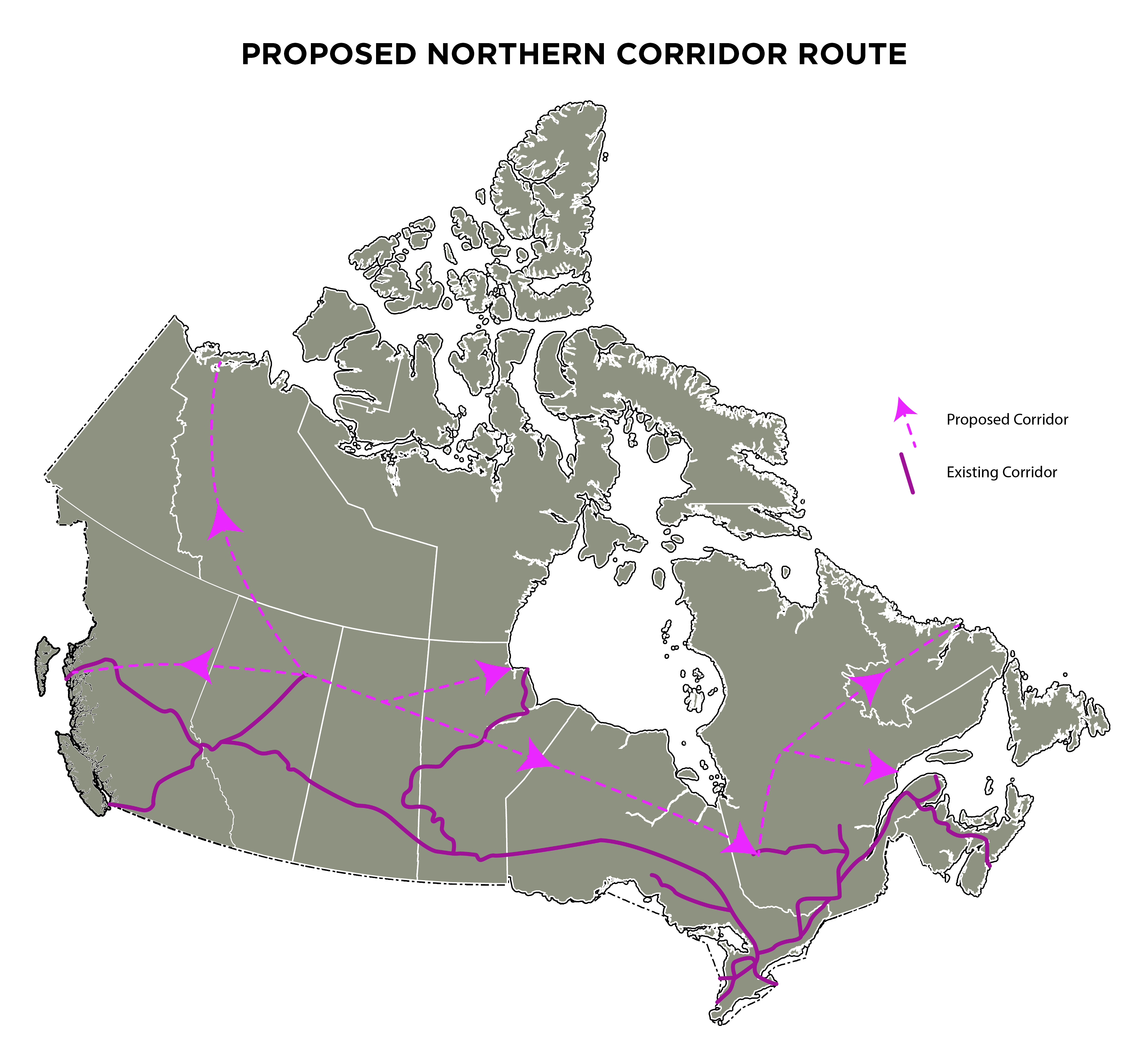The John A. MacDonald Effect
I don't usually blog about politics (and don't plan to make a habit of it), but I have some genuine concerns I wanted to share about systematic weaknesses around building infrastructure in Canada. All of this is just my opinion, of course.
In the past year and a half, Sir John A. Macdonald, the first prime minister of Canada, has been in the news more than I can remember at any other time in my lifetime. There have been calls for schools named in his honour to be renamed, and statues of him have been vandalized. The reason for this negative attention is the way his government treated First Nations and the Métis. However, while Macdonald—like every leader in history—certainly has feet of clay, in this post I want to reflect on the positive part of his legacy.
In addition to being the first PM and a father of Confederation, Macdonald was a key proponent of building a railway across the country to the west coast; without a reliable transportation link, British Columbia may not have joined Canada. Here is how Wikipedia describes the achievement of building the Canadian Pacific Railway:
While the railway was completed four years after the original 1881 deadline, it was completed more than five years ahead of the new date of 1891 that Macdonald gave in 1881. The successful construction of such a massive project, although troubled by delays and scandal, was considered an impressive feat of engineering and political will for a country with such a small population, limited capital, and difficult terrain. It was by far the longest railway ever constructed at the time.
Could such a project be built now? My motivation for writing this post was this article, which opens with the provocative question,
Can Canada build anything?
That’s the rather embarrassing question which lingers as these last days of 2018 trickle away. For the next decade at least, that question will be punctuated with an exclamation point in the form of the Peace Tower of Parliament, the Centre Block of which will lay vacant until literally God-knows-when. Certainly the government doesn’t know.
The article goes on to mention pipelines, LRT projects, military procurement, and renovations to the PM's residence as things that are hard to get built in the Canada of 2019. While the article is hyperbolic, I agree with the concern about the difficulty of executing infrastructure projects (whether by the public or private sector, or a partnership) at a reasonable cost and in a timely manner. It's not hard to think of other examples, either. Two that come readily to mind are the Kitchener-Waterloo LRT (planned to open in 2017, and now delayed until at least the spring of this year) and the new Champlain Bridge in Montreal (planned to open last month and now delayed until at least this summer). Considering the CP Railway didn't meet its original deadline, construction delays are nothing new, but they are more understandable on an unprecedented undertaking far from existing infrastructure than when they've become seemingly routine even on projects of a local scope.
I think it's important to get better at building infrastructure (and other stuff) in this country because I believe Canada is not done being built. I see a lot of upcoming risks and opportunities that will require effective development* of our infrastructure to address, such as:
- A growing population that could exceed 50 million by 2060.
- Increased potential for agriculture at higher latitudes in addition to the mineral resources found in the north.
- China (which is not an Arctic country) has a navy with equal or better capabilities of operating in the arctic than Canada.
*A very bold proposal along these lines is the idea of a Mid-Canada/Northern Corridor, as pictured in the following map (the image comes from Wikipedia; I take no credit for it):

Bringing this post full circle, I don't really care if we keep statues and schools in honour of John A. Macdonald or not, but I hope we don't lose his vision of a united and connected Canada.